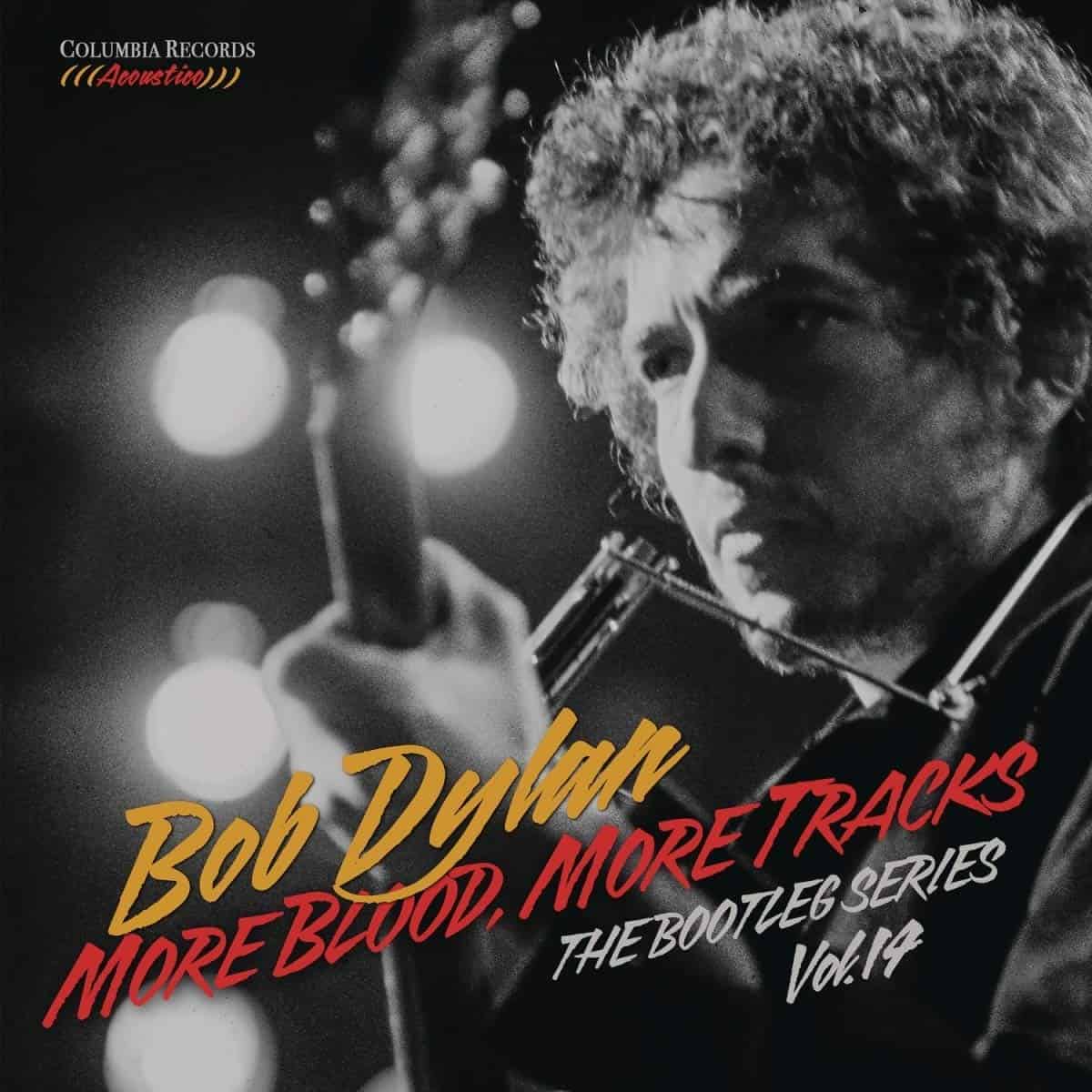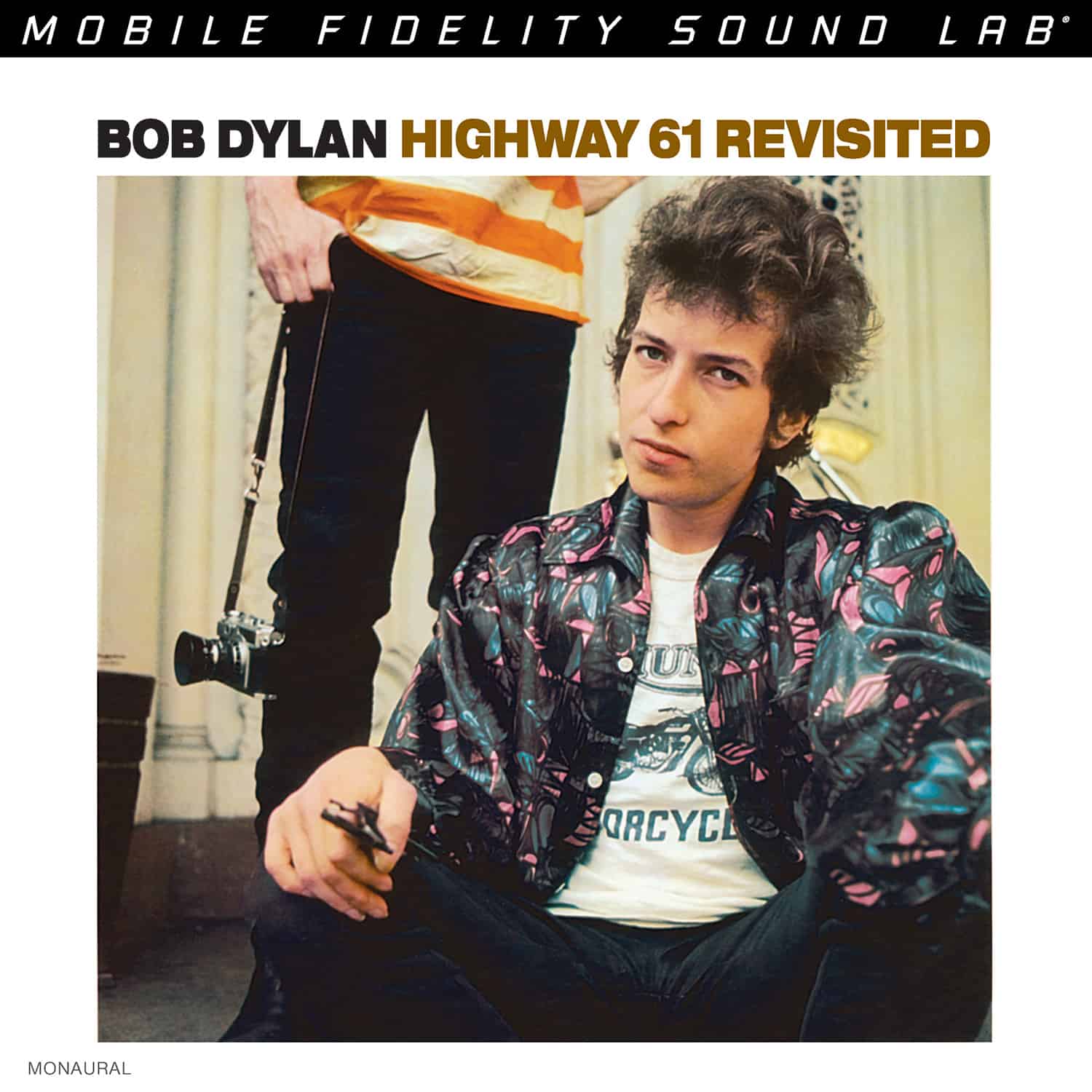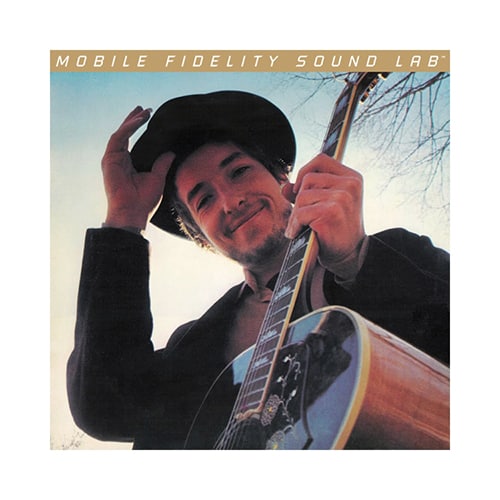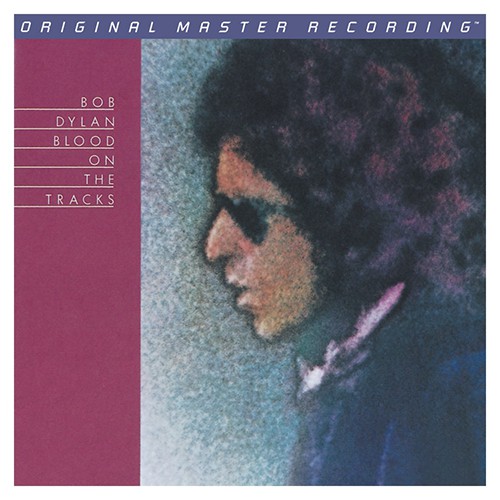Marketplace
2013 Mobile-Fidelity Sound Lab PRESSING
- Catalog Number MFSL 2-380
- Release Year 2013
- Vinyl Mastering Engineer Krieg Wunderlich
- Pressing Weight 180g
- # of Disks 2
- Jacket Style Gatefold
- 100% Analog Mastering Yes
- Stereo Yes
- Speed 45 RPM
When listening to this album I think of this band or music:
Bob Dylan in 1965. No one else sounded like this. Or, more accurately, many people soon sounded like this.
I would listen to this album while:
This record demands attention, but I can play it in the background if I’m doing something else. I end up pausing and listening, though.
Music from this album would be a great soundtrack to this movie:
Along with Dylan’s Highway 61 Revisited, this album would be a good soundtrack about the rise of 60s counterculture.
Bob Dylan’s acoustic guitar opens “Subterranean Homesick Blues” on Bringing It All Back Home. But as soon as Bruce Langhorne’s electric guitar and Bobby Gregg’s drums enter, Dylan effectively announces he’s making a rock n’ roll record. Mobile Fidelity’s reissue of the album, cut at 45RPM and pressed on two LPs, lets you hear the three guitars backing Dylan more clearly than the original Columbia Records version and brings other instruments into the open.
You can now detect the electric rhythm guitar shadowing Dylan’s acoustic on “Subterranean Homesick Blues,” and the bass becomes part of the action. On the original pressing, the latter seems pulled back and ill-defined. Drums, previously reserved on softer tunes like “She Belongs to Me,” feel cleaner and easier to hear. On harder-rocking fare, such as “Maggies Farm” and “Bob Dylan’s 115th Dream,” they slam with extra force.
In addition, “Love Minus Zero/No Limit” sounds flat on the original pressing compared to the Mobile Fidelity reissue, where the soundstage expands and deepens to give ample room to all the instruments. Individual guitars blossom, drums take on three-dimensional shapes, and each bass note gives the music a stronger foundation.
You can also hear the overtones and chord structure on Dylan’s guitar on the largely acoustic side 2 (sides 3 and 4 on this pressing). The sonic reproduction of the six-string instrument features the depth and resonance of a real guitar. Bruce Langhorne’s arpeggios on “Mr. Tambourine Man” are also more melodically compelling and flow more naturally.
Finally, Dylan’s voice is focused and out front on the Mobile Fidelity reissue, allowing you to enjoy the nuances in his singing. If you’ve been listening to Bringing It All Back home on early Columbia pressings, you may miss the compression and energy, which give those vinyl editions a defiant edge. There’s no reason not to own both. Or you can just turn the volume up on the Mobile Fidelity.
Bringing It All Back Home

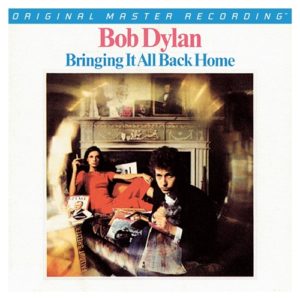
 4.5
4.5
